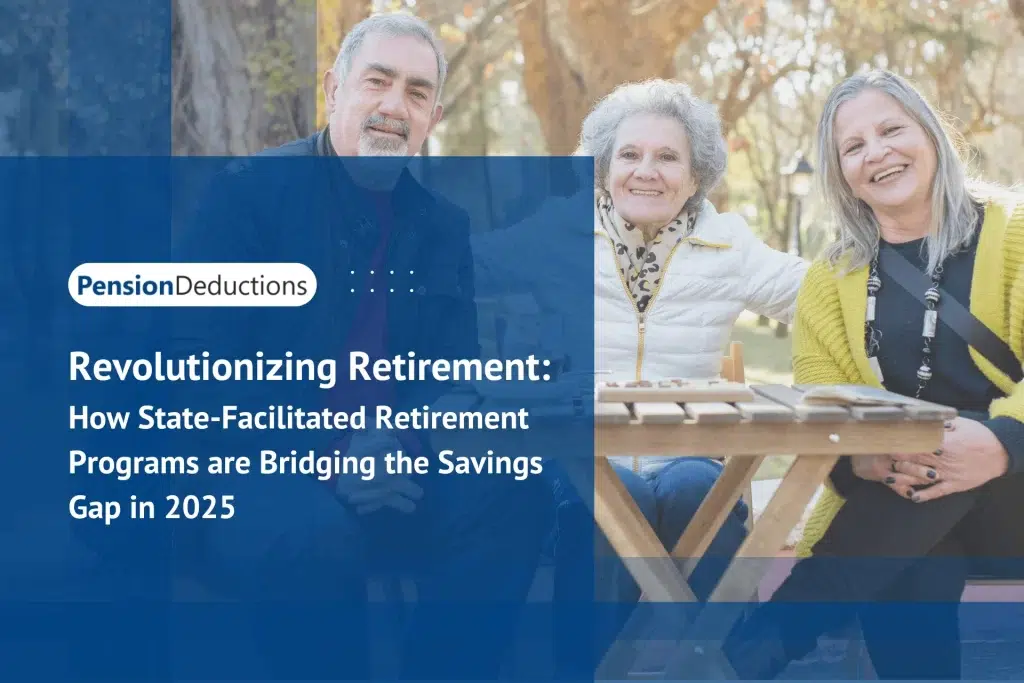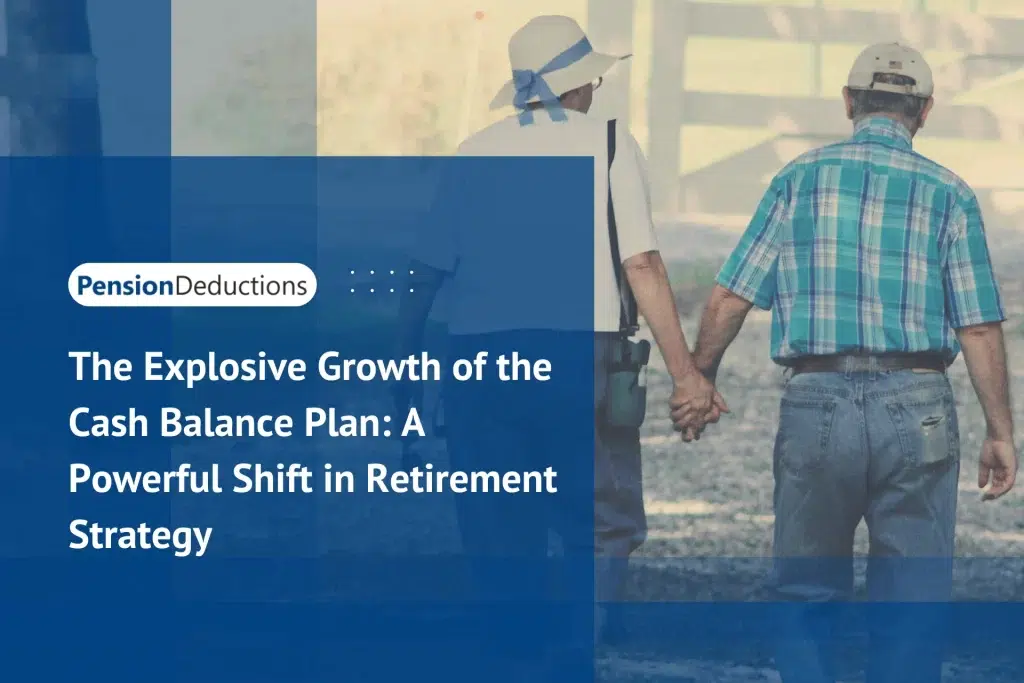The Retirement Crisis and a Public Solution
These programs, such as California’s CalSavers, OregonSaves, and Illinois Secure Choice, aim to ensure every worker, regardless of employer size, has a path to build financial security. In 2025, their presence has grown stronger, reshaping retirement savings for millions.
What are State-Facilitated Retirement Programs?
- Auto-enrollment (typically at 3–5% of salary)
- Individual ownership of accounts
- Roth IRA-based structures (with traditional IRA options)
- Portability across jobs
- No cost or fiduciary responsibility for employers
Why these Programs are Booming in 2025?
- Widening Access Gaps: Gig workers, part-timers, and those in service industries rarely receive retirement benefits.
- Federal Inertia: With Congress slow to pass universal mandates, states have stepped up.
- Proven Results: Programs like OregonSaves report high opt-in and retention rates.
- Employer Mandates: States like California now require businesses with 5+ employees to offer a retirement plan or enroll in CalSavers.
- Growing Financial Literacy: Workers increasingly value automatic saving solutions.
Spotlight: CalSavers – California’s Flagship Program
Key Features of CalSavers:
- Mandatory enrollment for employers with 5+ employees (if no plan is offered)
- Default 5% contribution, auto-escalating to 8%
- Choice of investment portfolios
- No employer match required
- Easy online dashboard for account holders
Other Leading State Programs
While California leads in size, other states have rolled out similar initiatives tailored to their populations.
-
OregonSaves:
• First in the nation to launch (2017)
• Strong retention rates (>70%)
• Estimated $250 million in assets by 2025 -
Illinois Secure Choice:
• Mandatory for employers with 5+ staff
• Over 100,000 workers enrolled
-
Colorado Secure Savings:
• Launched in 2023
• Projected to reach full implementation by 2026 -
New York Secure Choice & Maryland Saves:
• Voluntary programs gaining traction
• Aggressive outreach campaigns to boost enrollment
Benefits for Workers
Benefits Include:
- Automatic enrollment increases participation
- Tax-advantaged saving via Roth IRAs
- Investment choices for risk preferences
- Job-to-job portability
- Low fees and simple interfaces
Benefits for Employers
Employer Advantages:
- No fiduciary responsibility
- No plan maintenance or cost
- Avoids noncompliance penalties (in mandatory states)
- Improves employee satisfaction and retention
- Eases future transitions to 401(k) plans
Addressing Criticisms & Concerns
- Lower contribution limits: Roth IRA caps are lower than 401(k)s.
- No employer match: Limits account growth potential.
- Limited customization: Fewer investment options than private plans.
- State oversight issues: Potential inefficiencies or mismanagement.
Calculate your Contributions Today!
Click here to Calculate!Legal Landscape and Mandate Status
- Mandates for employers (with exceptions for those offering private plans)
- Deadlines for employer registration
- Penalties for non-compliance
Case Study: Small Business Success in California
- Enrollment took less than 30 minutes
- Employees began saving 5% immediately
- One year later, average balance: $1,400
- Owner reported higher retention and morale
This showcases how state-facilitated retirement programs meet the needs of both Main Street and employees.
What's Next for These Programs?
- More states joining the movement
- Better UX and digital interfaces
- Integration with financial wellness platforms
- Push for federal universal IRA system
- Optional employer match features
Conclusion
Programs like CalSavers, OregonSaves, and Illinois Secure Choice are proof that with the right legislation and simplicity, millions of underserved workers can finally take steps toward a secure retirement.
As we look to the future, one thing is clear: accessibility is no longer optional—it’s the new standard.
Frequently Asked Questions (FAQs)
1. What is a state-facilitated retirement program?
A state-sponsored plan that helps workers save for retirement via payroll deductions, usually structured as Roth IRAs.
2. Are employers required to participate?
In many states, yes—if they don’t already offer a retirement plan.
3. Do employers have to match contributions?
4. Can employees opt out?
5. How does this compare to a 401(k)?
SHARE THIS POST
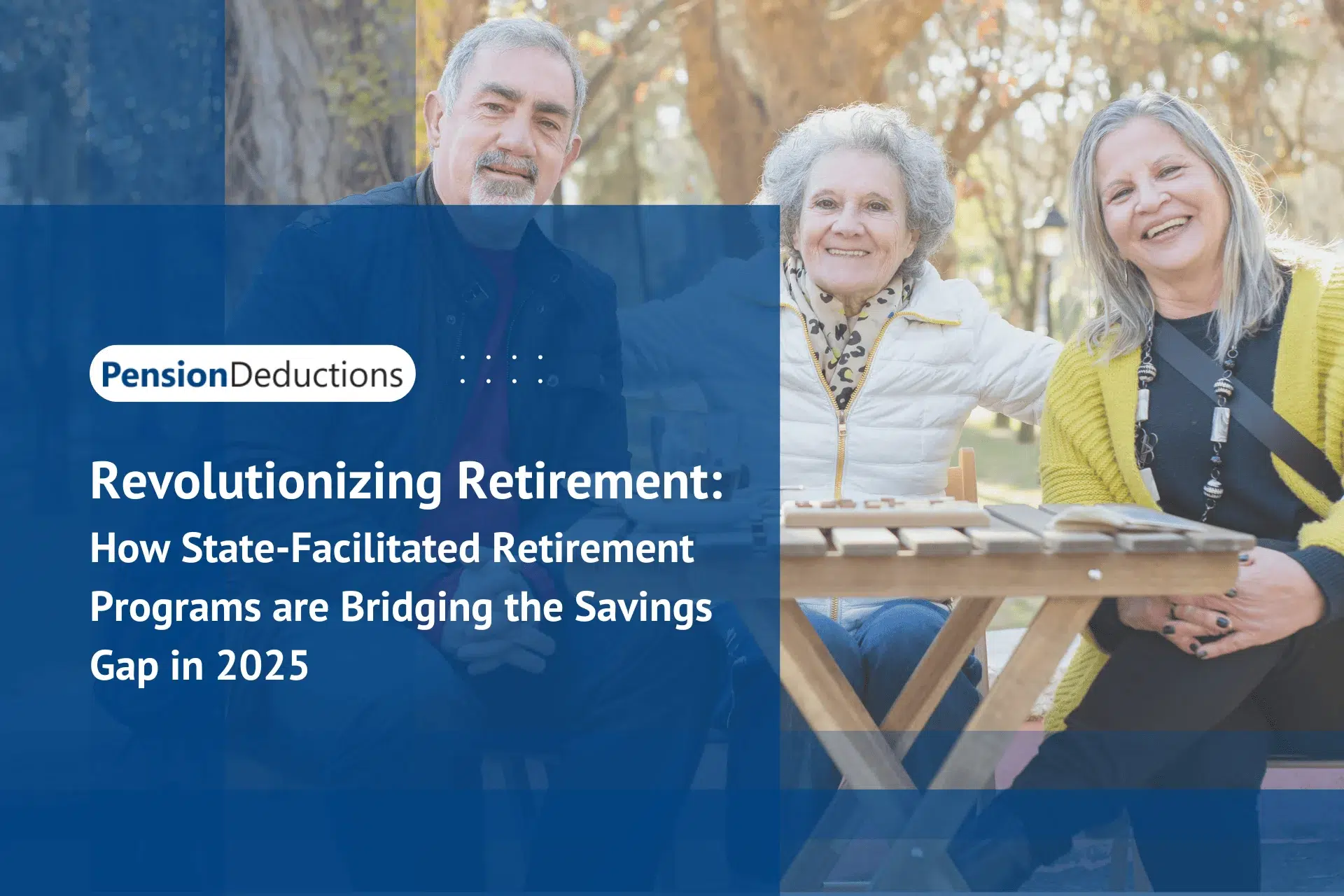
State-Facilitated Retirement Programs like CalSavers and OregonSaves are expanding access and transforming retirement planning in 2025. Learn More.
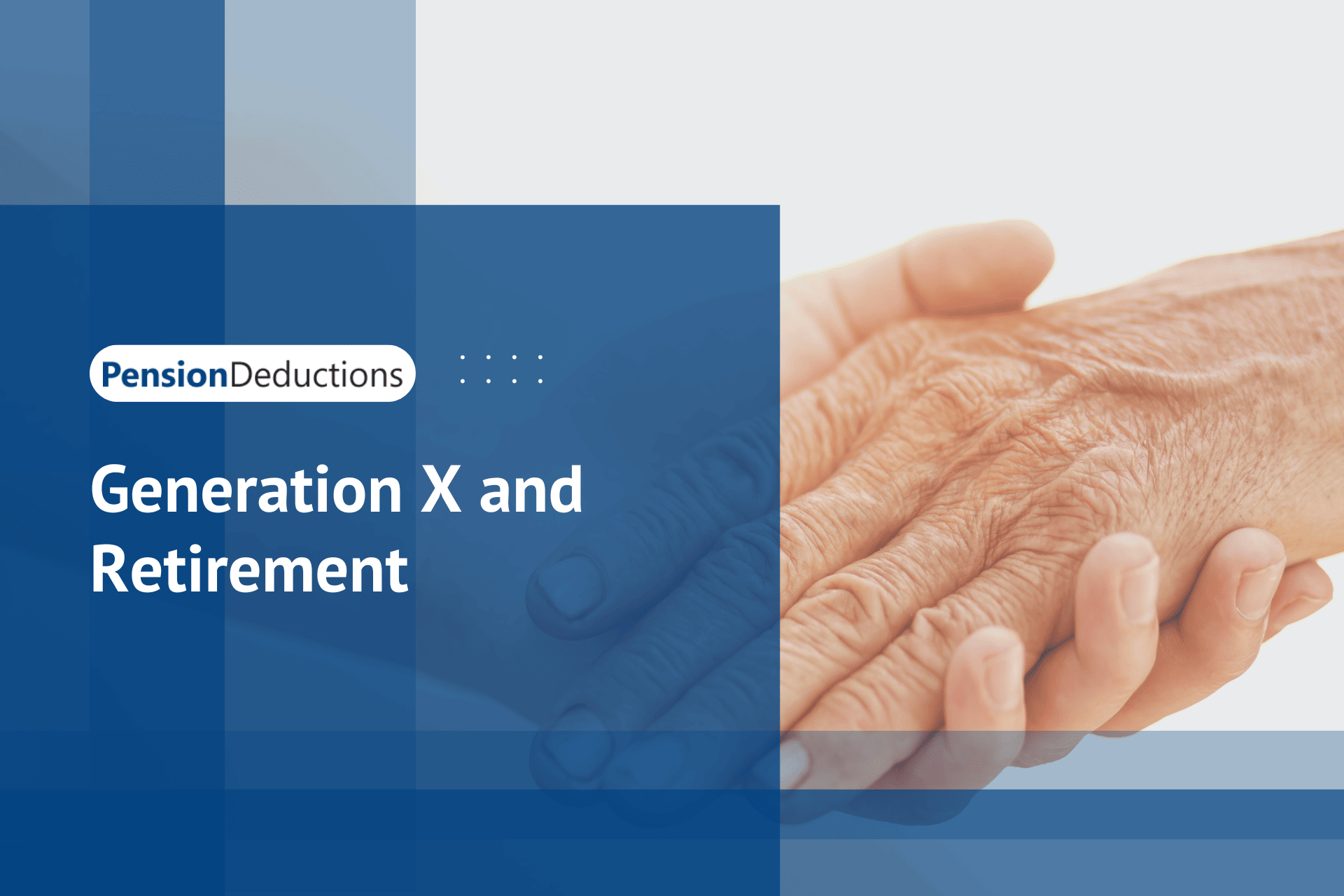
Generation X and Retirement: Discover smart strategies to avoid costly mistakes and secure your future with effective financial planning.
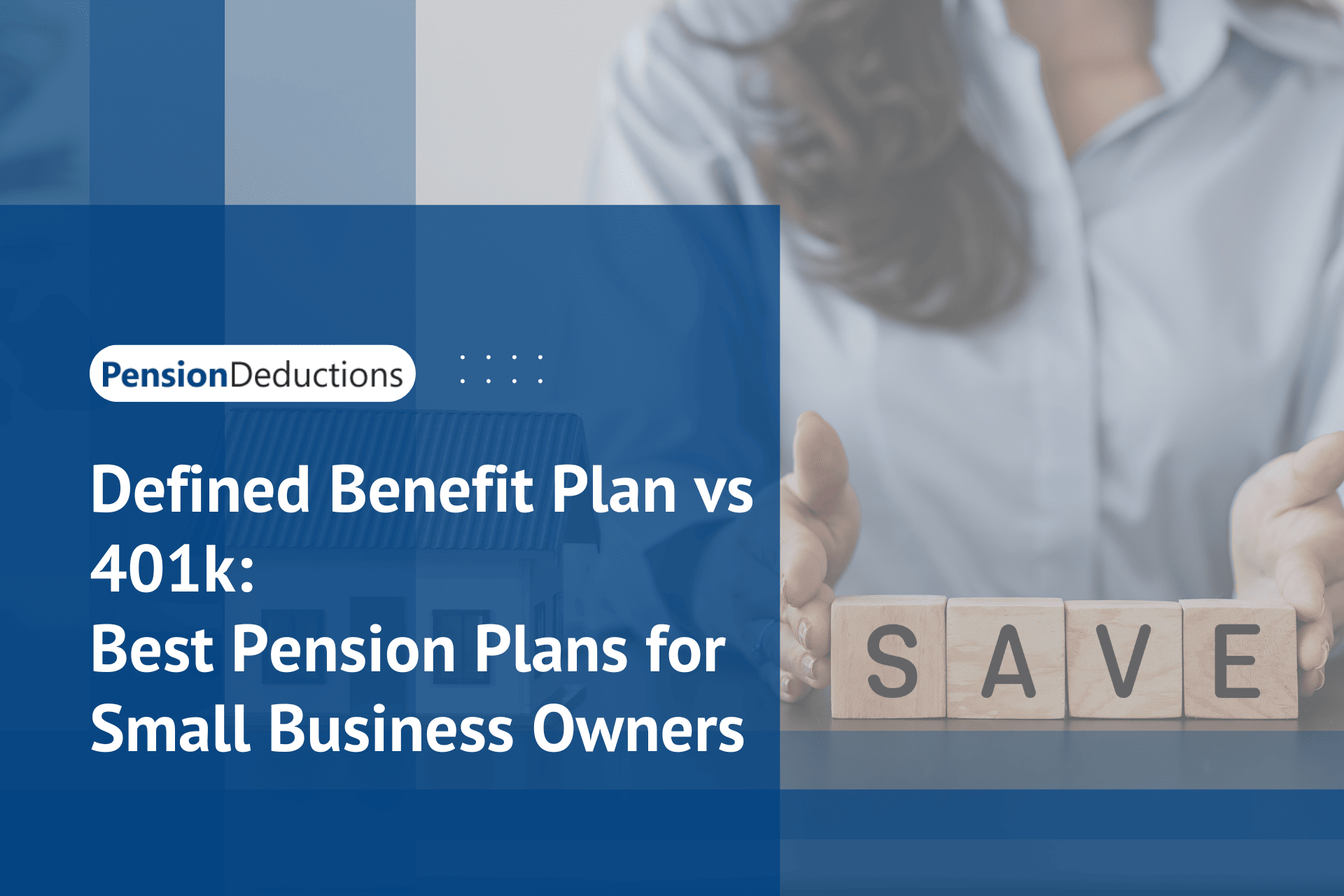
Discover the key differences between a Defined Benefit Plan vs 401k, and find the best pension plan for small business owners.
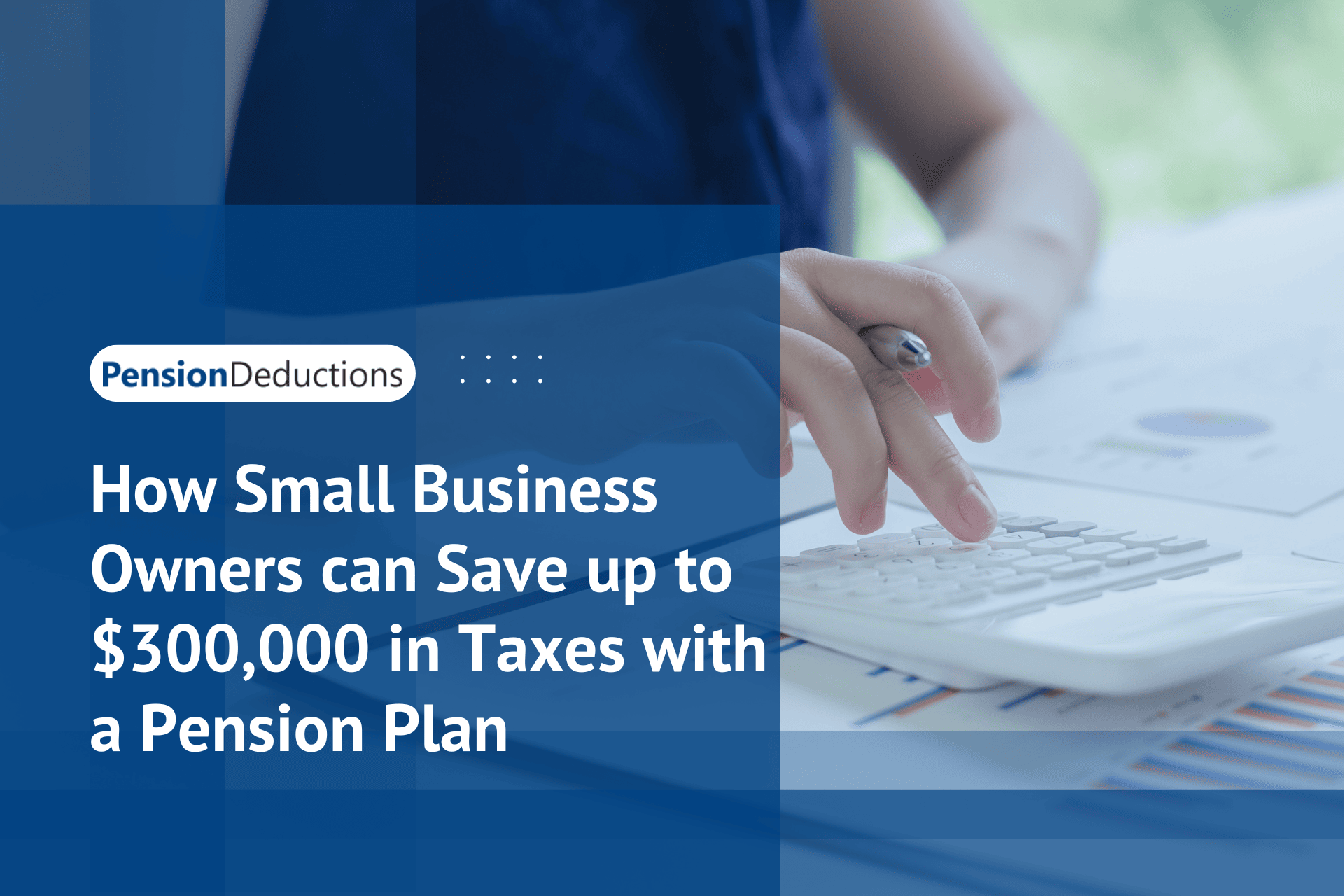
Learn how pension plans for small business owners can help save up to $300,000 annually in taxes with maximum deductions.
